Golf is often described as a game of endless challenges, beautiful landscapes, and fierce camaraderie. One common milestone for golfers, whether you’re a seasoned pro or a newbie picking up the clubs for the first time, is breaking 100. But just how many golfers can achieve this feat? In this article, we’ll delve into the statistics, strategies, and tips to help you not only understand this benchmark better but also potentially achieve it yourself!
Understanding the Milestone: Breaking 100
To break 100 in golf means to complete an 18-hole round with a score of fewer than 100 strokes. This goal can be a significant motivator for many amateur golfers. According to various studies and surveys in the golfing community:
- Only about 20% of golfers are able to break 100 regularly.
- It is estimated that around 50 to 60% of golfers typically score in the range of 100-120.
Understanding these figures provides insight into the difficulty of reaching this benchmark while also encouraging those who are on their journey.
Factors Impacting Golf Scores
Many factors contribute to whether a golfer can break 100 or not. Here are the most notable ones:
- Skill Level: The more experience and practice a golfer has, the more likely they are to achieve this milestone.
- Physical Fitness: Golf might not seem like a strenuous activity compared to other sports, but being physically fit can help with striking the ball consistently.
- Course Difficulty: Courses with challenging layouts, hazards, and varying weather conditions can make breaking 100 more difficult.
- Equipment: Quality golf clubs, balls, and gear can affect performance.
- Mental Game: Golf is as much a mental sport as it is physical. Confidence, focus, and emotional control are key.
Tips to Break 100
If you’re aiming to join the ranks of those who can regularly break 100, consider the following strategies:
- Practice Regularly: Aim for dedicated practice sessions. Focus on your putting, chipping, and iron play.
- Course Management: Know when to take risks and when to play it safe. Sometimes, a conservative approach can yield better scores.
- Short Game Focus: A significant number of strokes are lost around the greens. Invest time in improving your short game.
- Mental Toughness: Stay calm under pressure and don’t let a bad hole derail your entire round.
- Lesson from the Pros: Consider taking lessons from a golf pro to refine your technique.
 Golf Course Management
Golf Course Management
Breaking Down the Statistics
| Score Range | Percentage of Golfers |
|---|---|
| Below 80 | Less than 5% |
| 80-89 | Approximately 15% |
| 90-99 | About 20% |
| 100-120 | Roughly 50-60% |
| Above 120 | Around 20-30% |
Key Observations from the Table
- The majority of golfers find themselves between 100-120. Breaking 100 becomes a challenge that many take seriously, often leading to improvement.
- The number of players scoring below 80 is remarkably low, illustrating how elite the top golfers really are.
What the Experts Say
“Breaking 100 is often seen as a rite of passage in golf. It signifies that a player is beginning to understand the game’s intricacies and can play at a respectable level,” says Jim Lee, a veteran golf coach with over 30 years of experience.
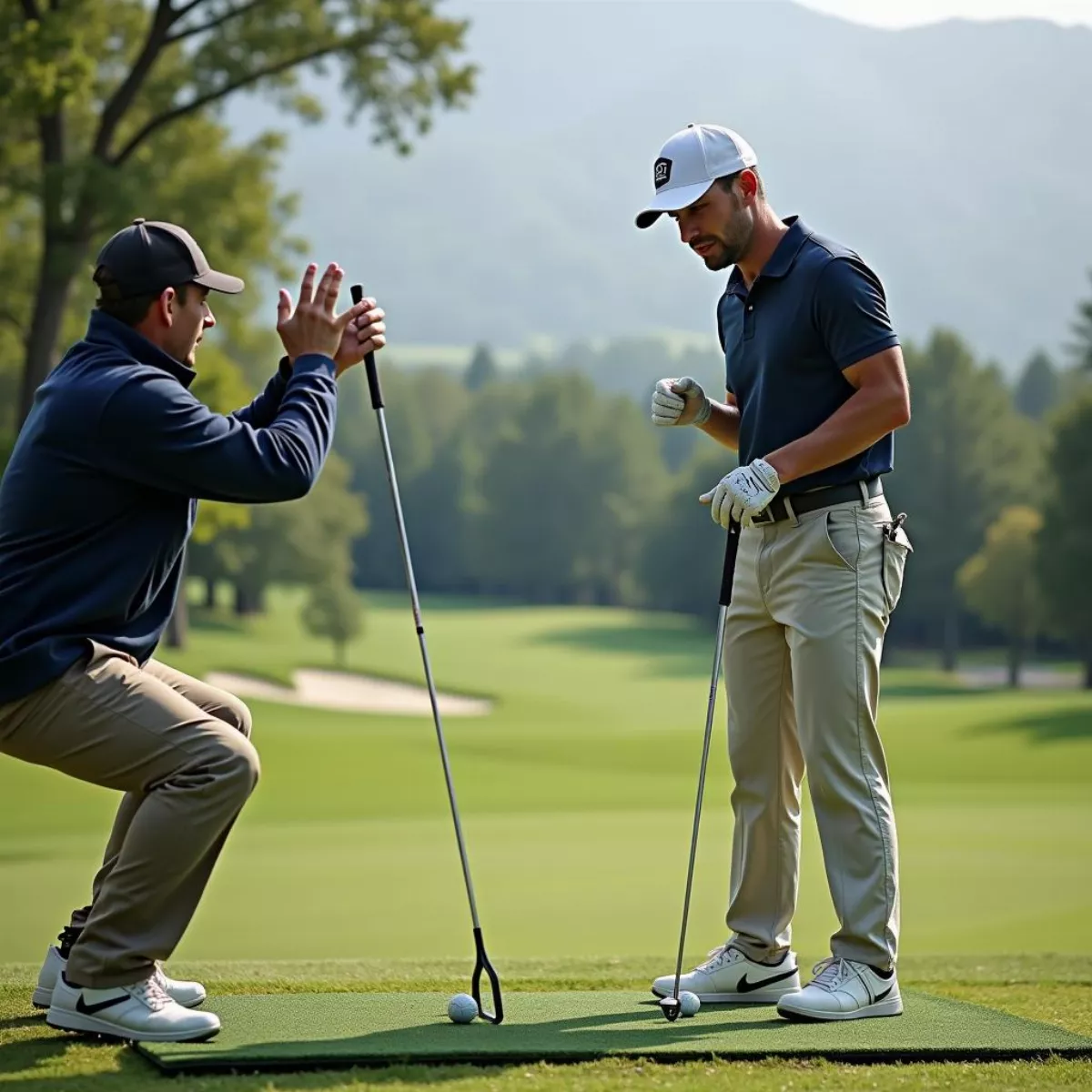 Golf Coach Giving Lesson
Golf Coach Giving Lesson
The Role of Technology in Golf
Modern technology plays a significant role in helping golfers improve their game. Here’s how:
- Launch Monitors: Help understand ball flight and club data for improved swing analysis.
- Swing Analyzers: Provide real-time data on swing mechanics.
- Golf Apps: Offer virtual lessons, track progress, and connect with other golfers.
Common Misconceptions
Let’s tackle some common misconceptions about breaking 100:
- Myth: You need to be physically fit to break 100.
- Truth: While fitness helps, technique and mental skills matter significantly.
- Myth: You must play frequently to break 100.
- Truth: Quality practice can trump quantity. Focused practice can yield more significant improvements.
 Golfer Practicing Short Game
Golfer Practicing Short Game
Key Takeaways
- Only about 20% of golfers consistently break 100.
- Several factors, including skill, course difficulty, and mental game, influence a golfer’s ability to break this benchmark.
- Implement specific strategies to improve your game, such as enhancing your short game and understanding course management.
- Leverage technology to analyze and improve your performance effectively.
Frequently Asked Questions (FAQ)
- What’s the best way to practice for breaking 100?
- Focus on putting and chipping, as these skills can significantly lower your score.
- Can anyone break 100?
- With dedication, practice, and the right mindset, many golfers can break 100.
- How important is physical fitness for breaking 100?
- While not essential, physical fitness does help with mobility and consistency.
- Does the type of golf course matter?
- Yes, course difficulty, layout, and conditions can all impact your score.
- How can technology aid my golf game?
- Use launch monitors and golf apps to analyze your swing and track improvements.
- Is it worth taking lessons?
- Yes, professional lessons can provide valuable feedback and help refine techniques.
- Do mental skills play a role in scoring?
- Absolutely! Mental toughness and focus can greatly impact performance.
- What should I do if I keep scoring over 100?
- Reassess your practice routines, focus on core skills, and consider professional lessons.
- Are there specific drills to help me break 100?
- Yes! Short game drills focusing on chipping and putting can lead to quicker improvements.
- What is a good score for a beginner?
- A beginner should aim for gradual improvement; breaking 100 is a great first goal after some practice.
In conclusion, the road to breaking 100 may seem filled with hurdles, but it’s also lined with opportunities for growth and enjoyment. Embrace every challenge, learn from each round, and who knows? You might just find yourself in that impressive 20% before you know it! Happy golfing!

 Golfer swinging an iron at the golf ball.
Golfer swinging an iron at the golf ball.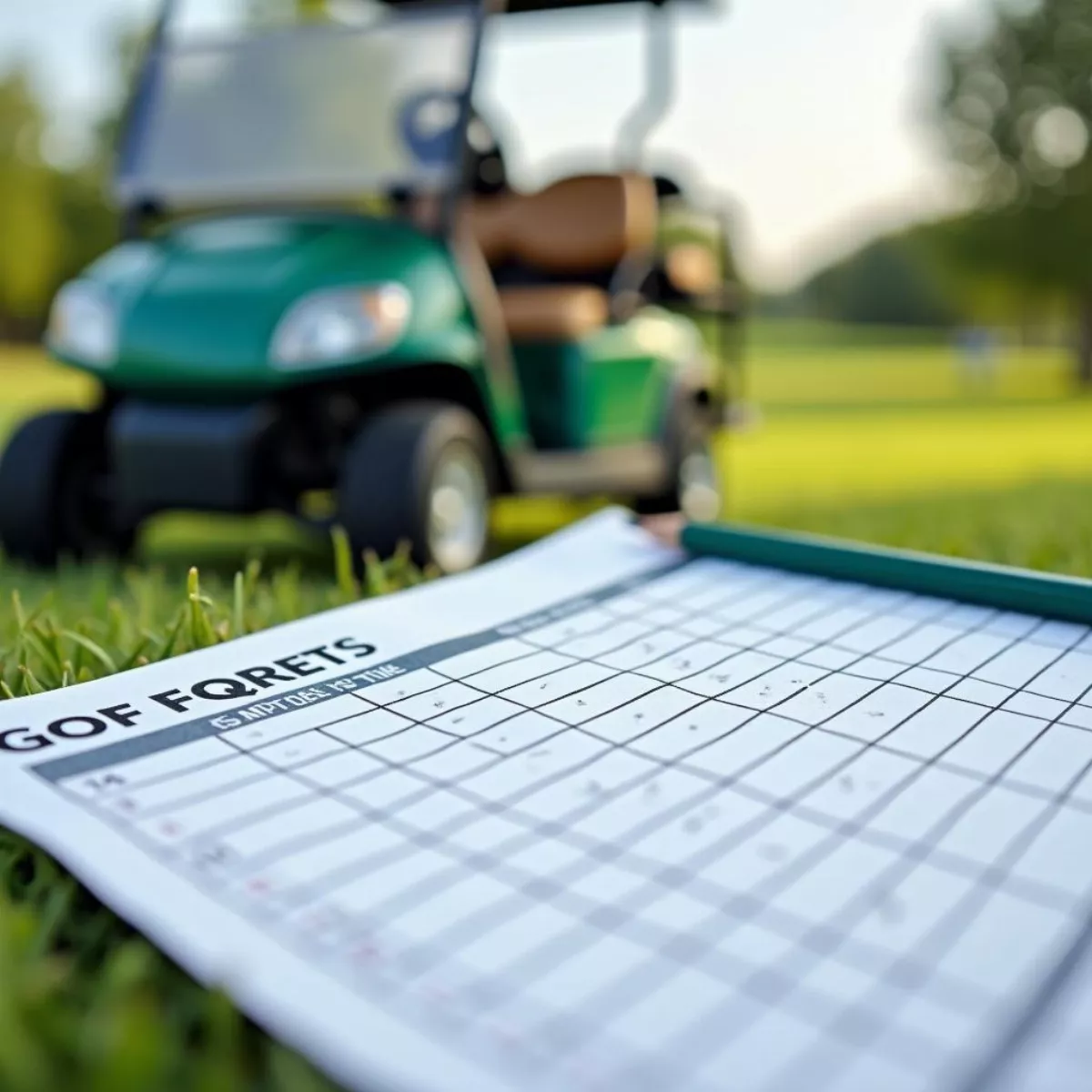 Golf scorecard, pencil, and golf cart in the background.
Golf scorecard, pencil, and golf cart in the background.
 Tiger Woods Putting
Tiger Woods Putting Tiger Woods Swing Analysis
Tiger Woods Swing Analysis
 Golfers celebrating a successful shot
Golfers celebrating a successful shot Golfer reacting to a missed shot
Golfer reacting to a missed shot
 Golfer celebrating a hole-in-one
Golfer celebrating a hole-in-one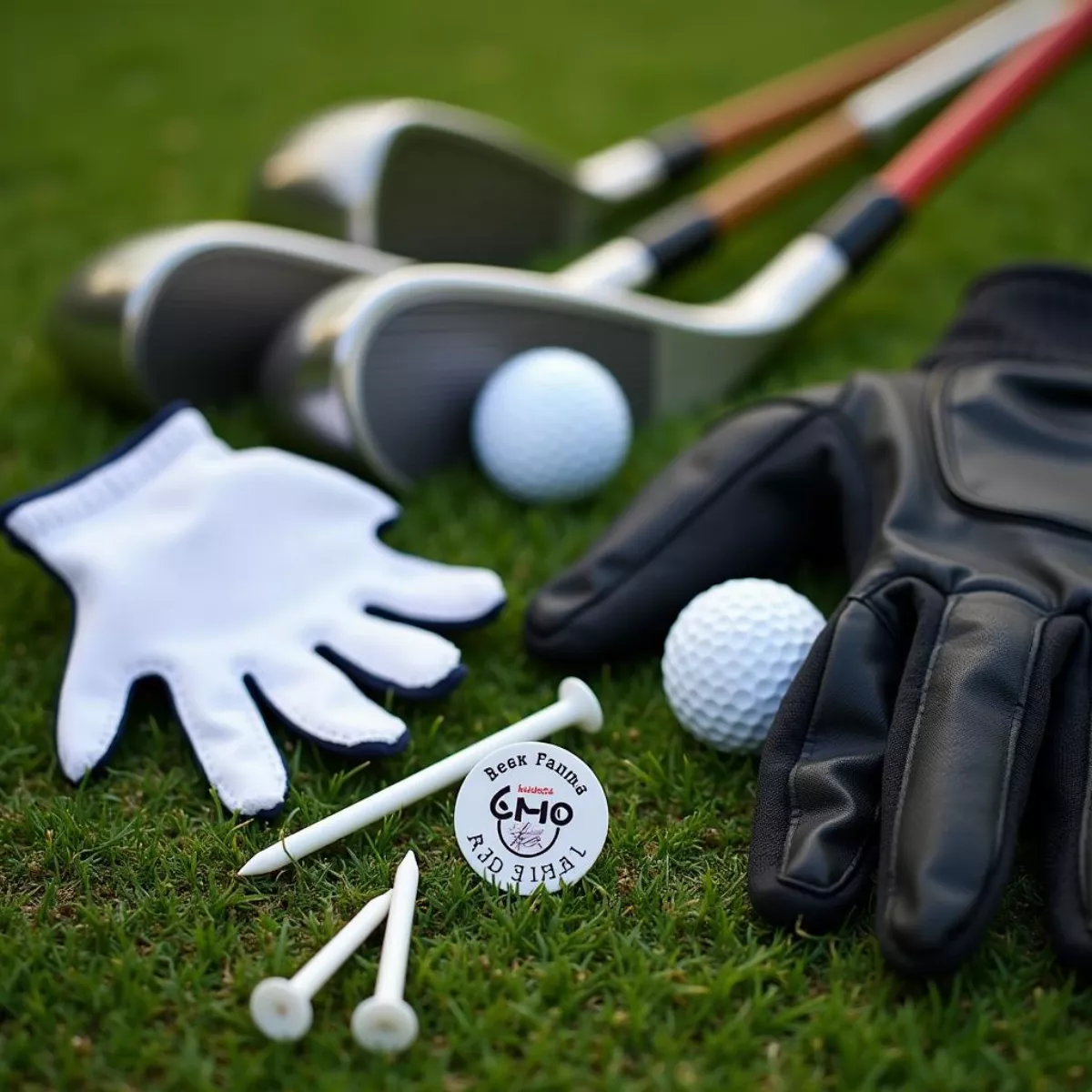 Golf equipment close-up
Golf equipment close-up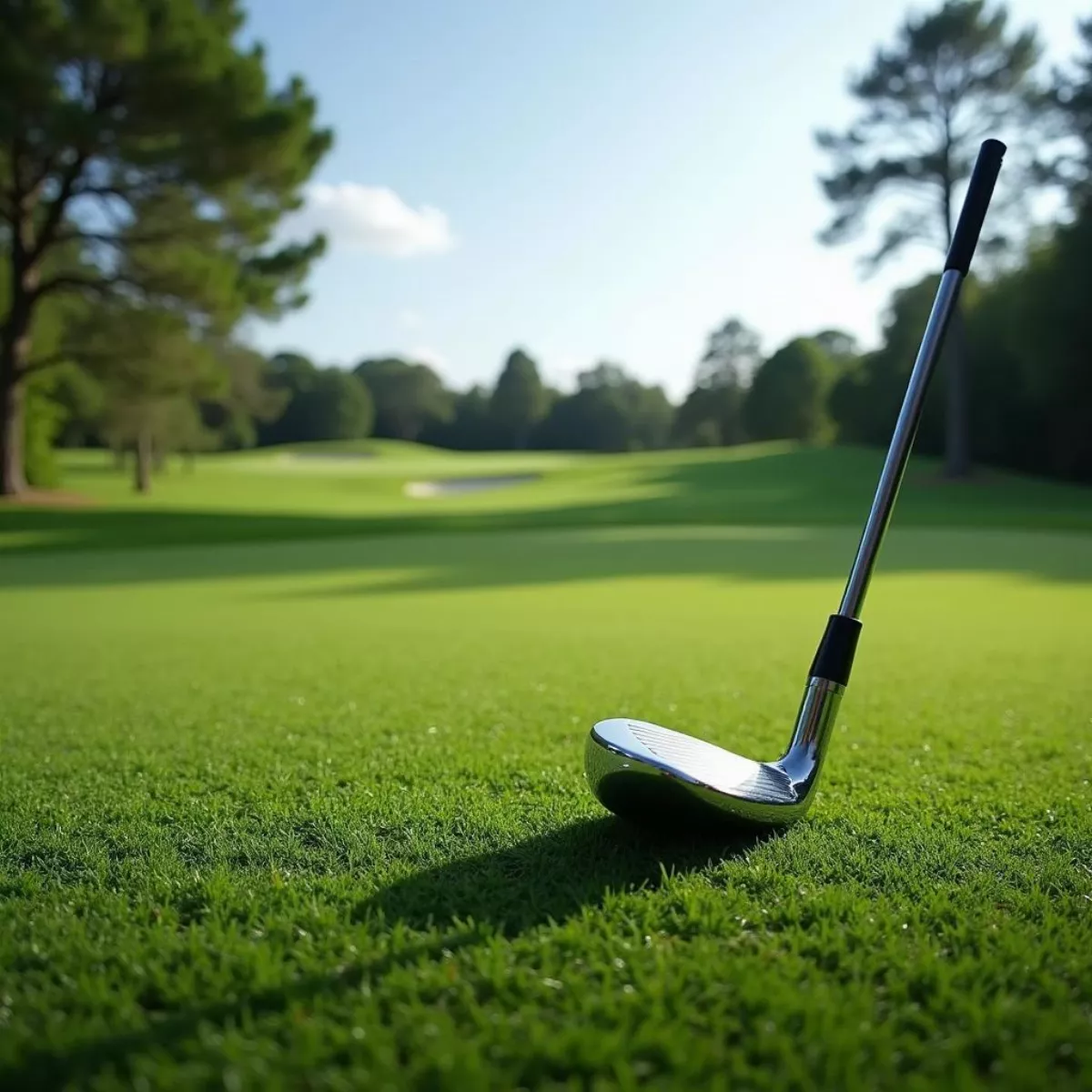
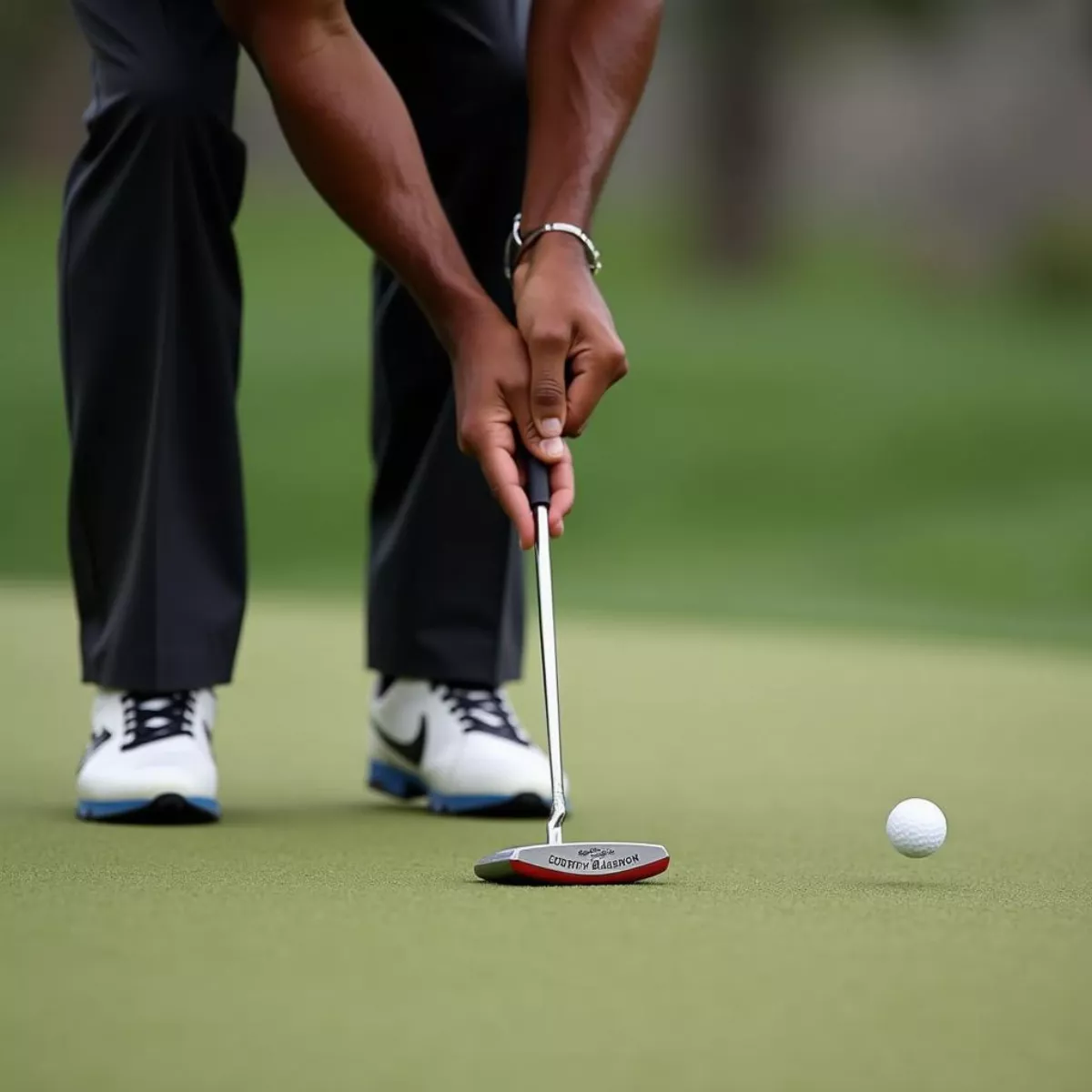
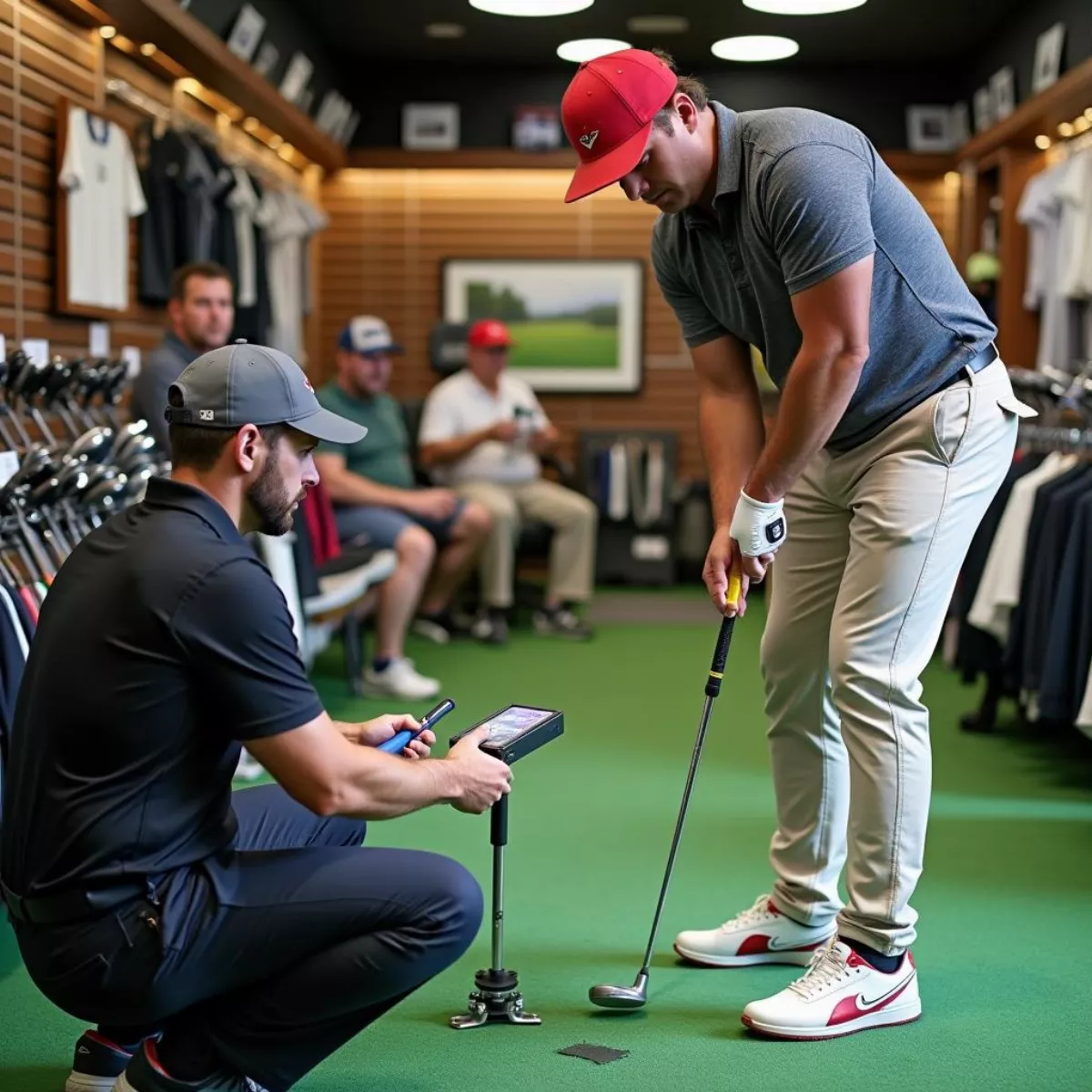 Golfer Getting Fitted for a Putter
Golfer Getting Fitted for a Putter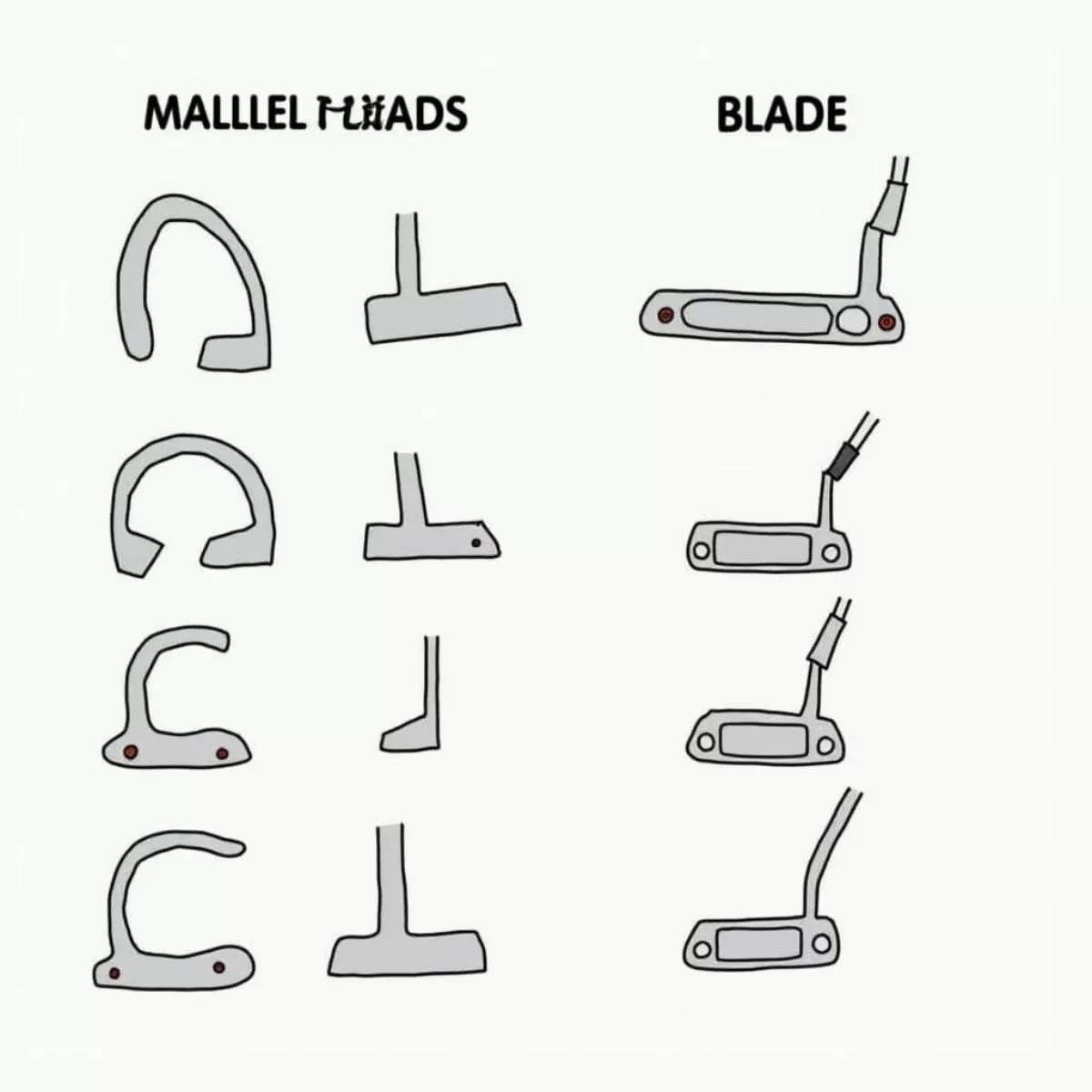 Different Putter Head Types
Different Putter Head Types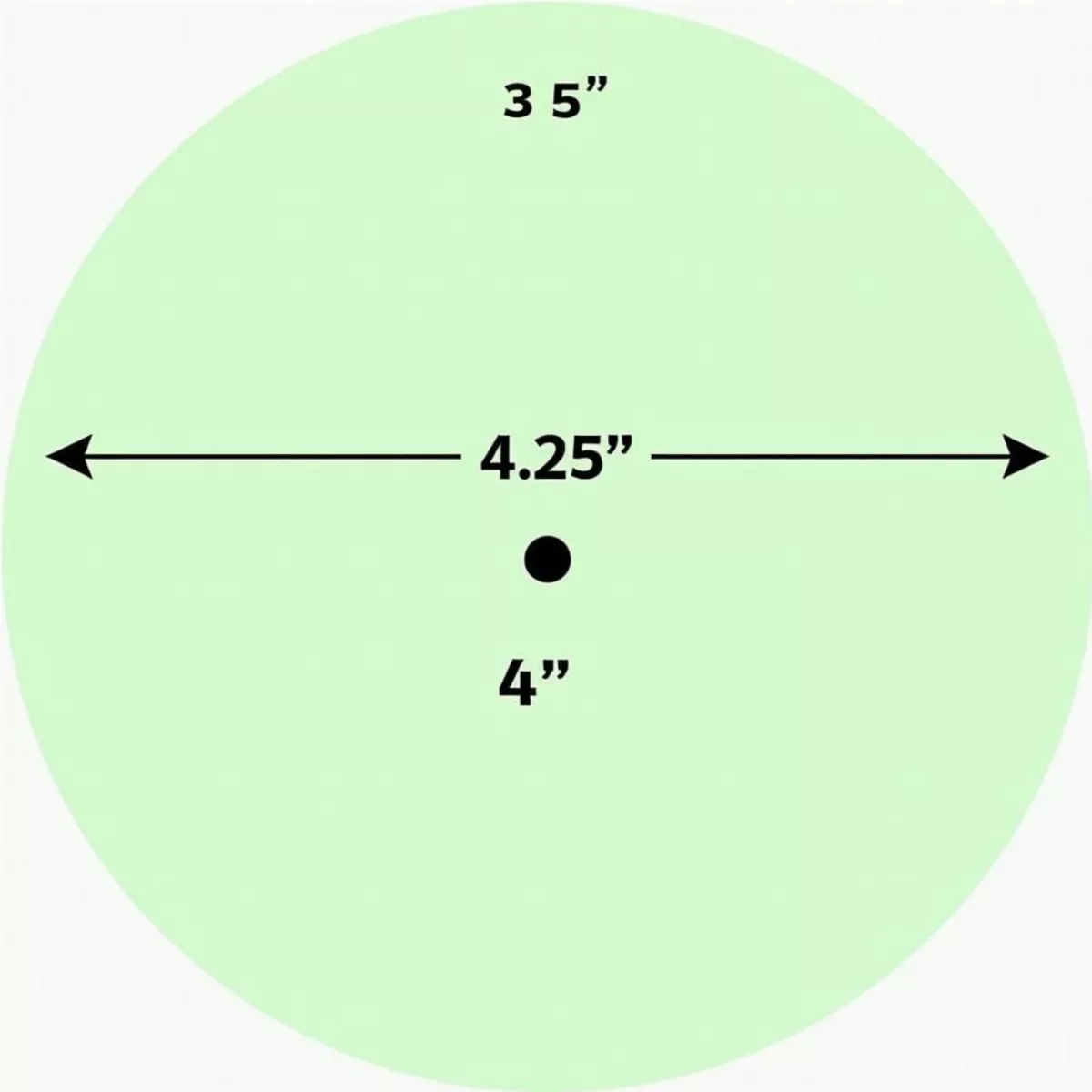
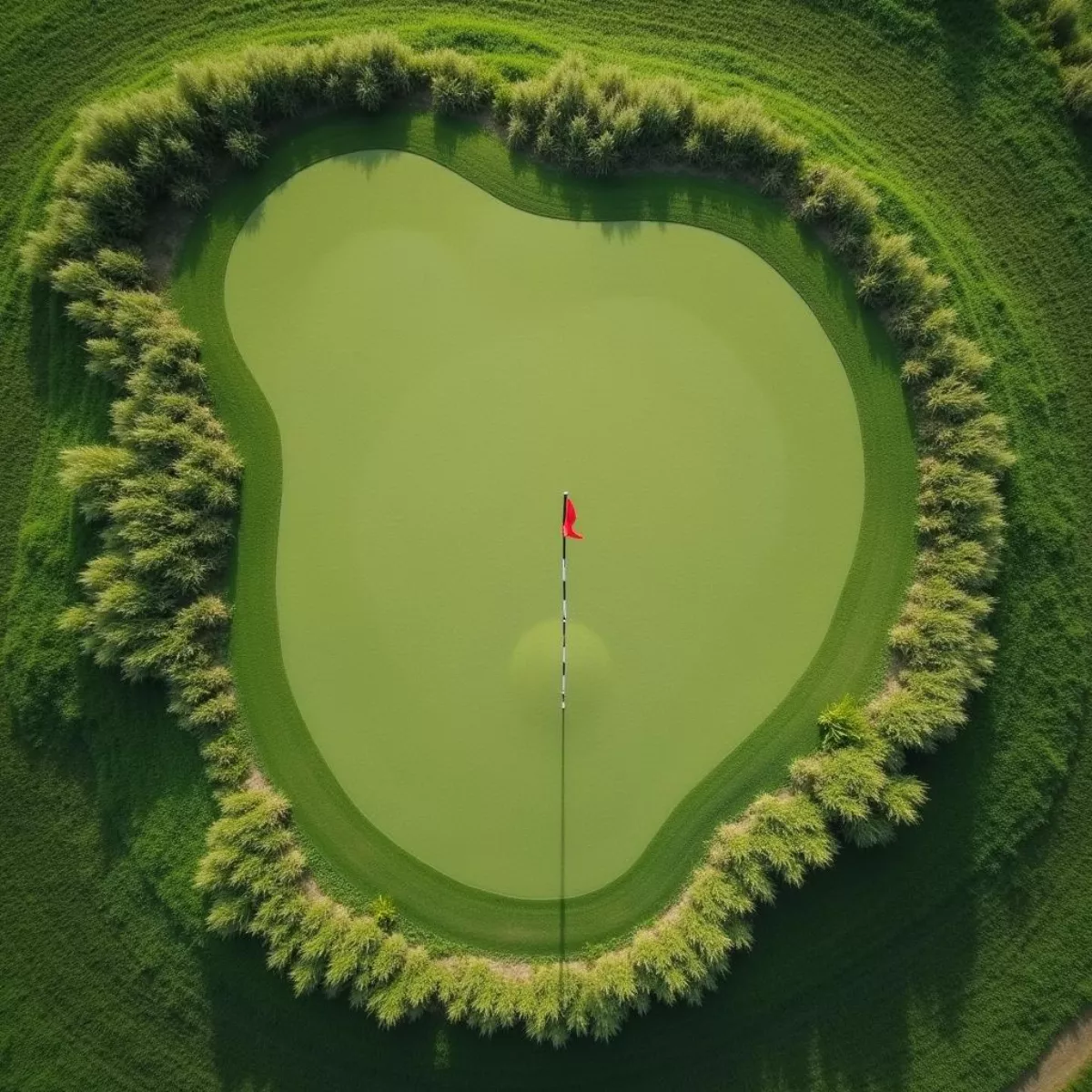 Golf Hole on Green
Golf Hole on Green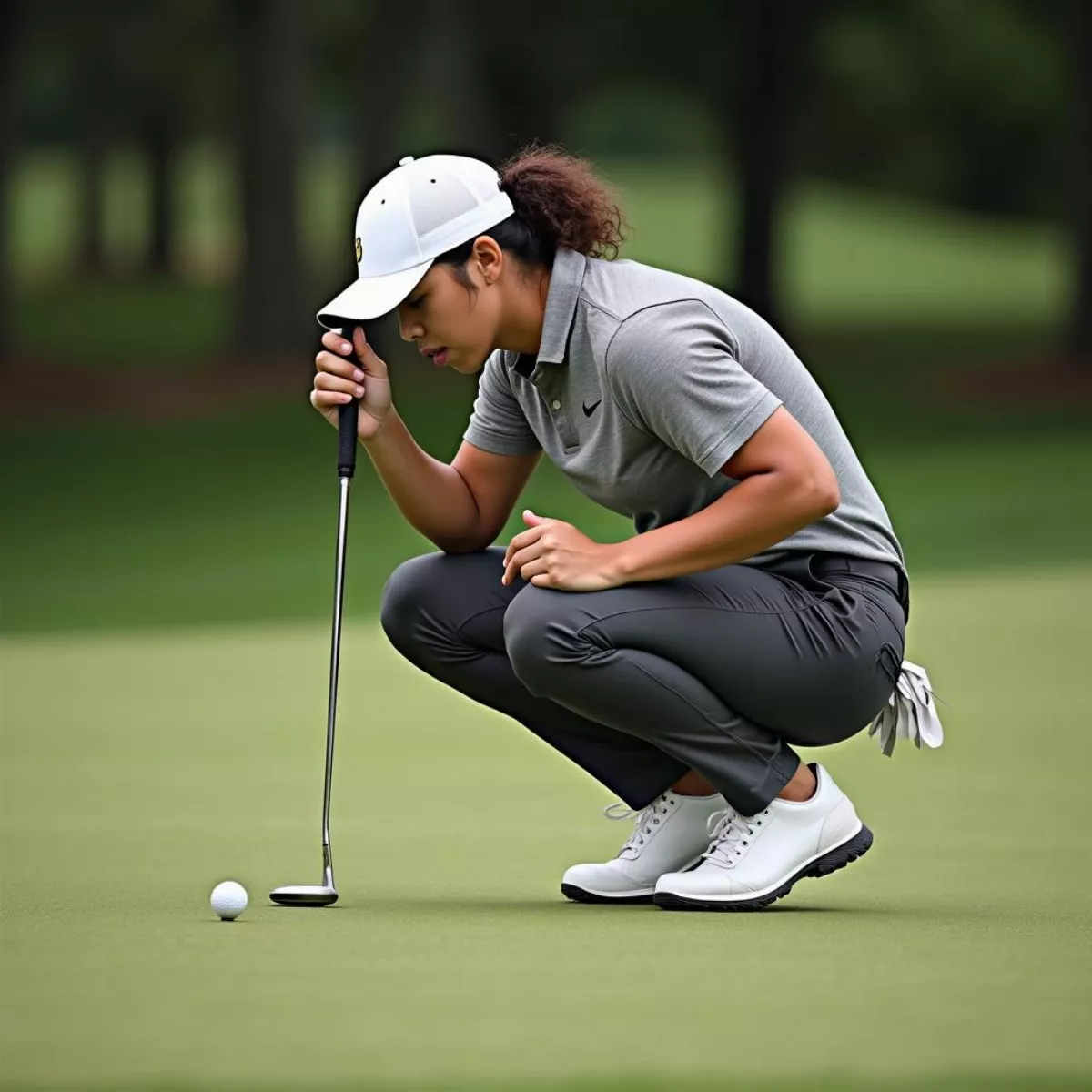 Golfer Putting on the Green
Golfer Putting on the Green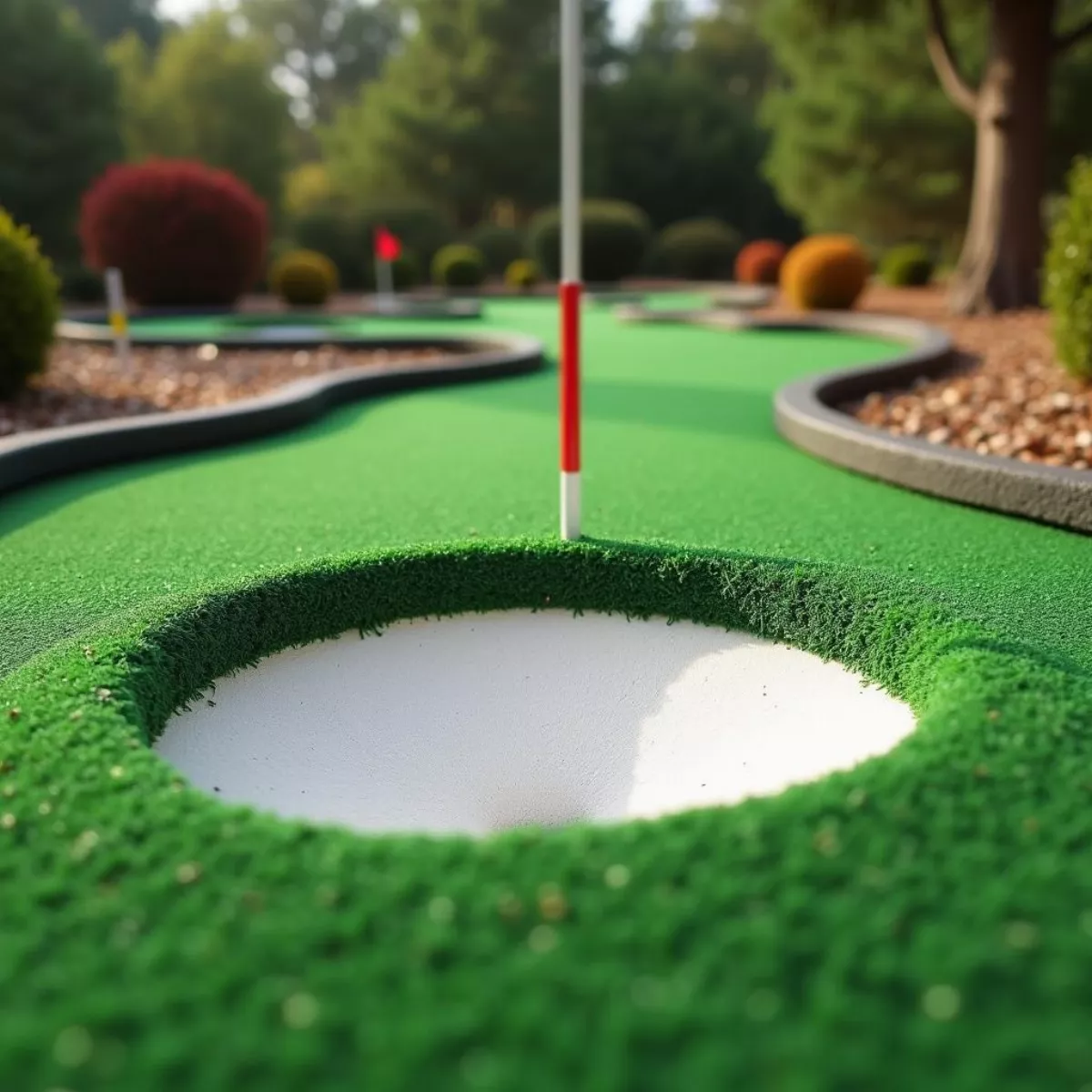 Mini Golf Hole
Mini Golf Hole
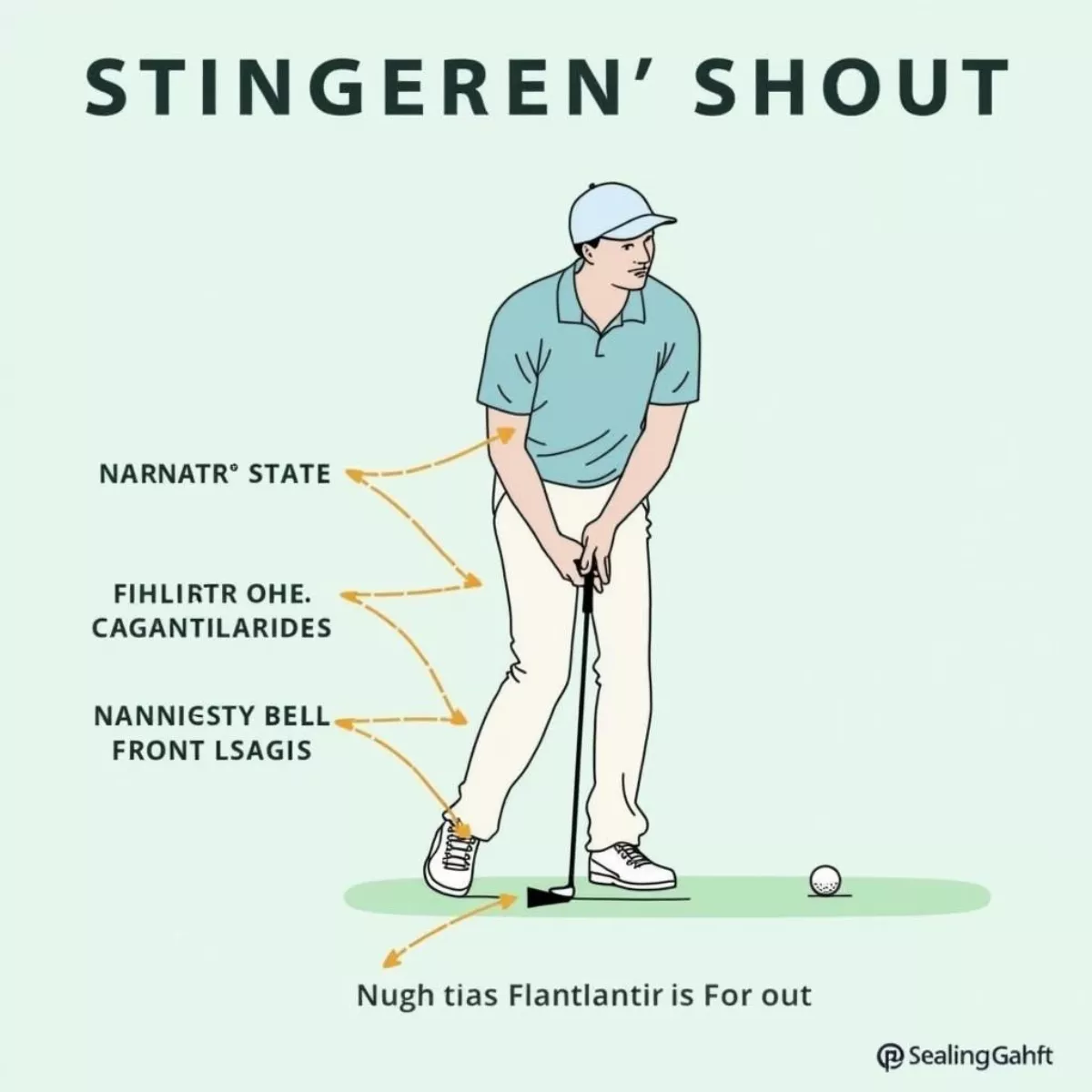 Golfer Stance for Stinger Shot
Golfer Stance for Stinger Shot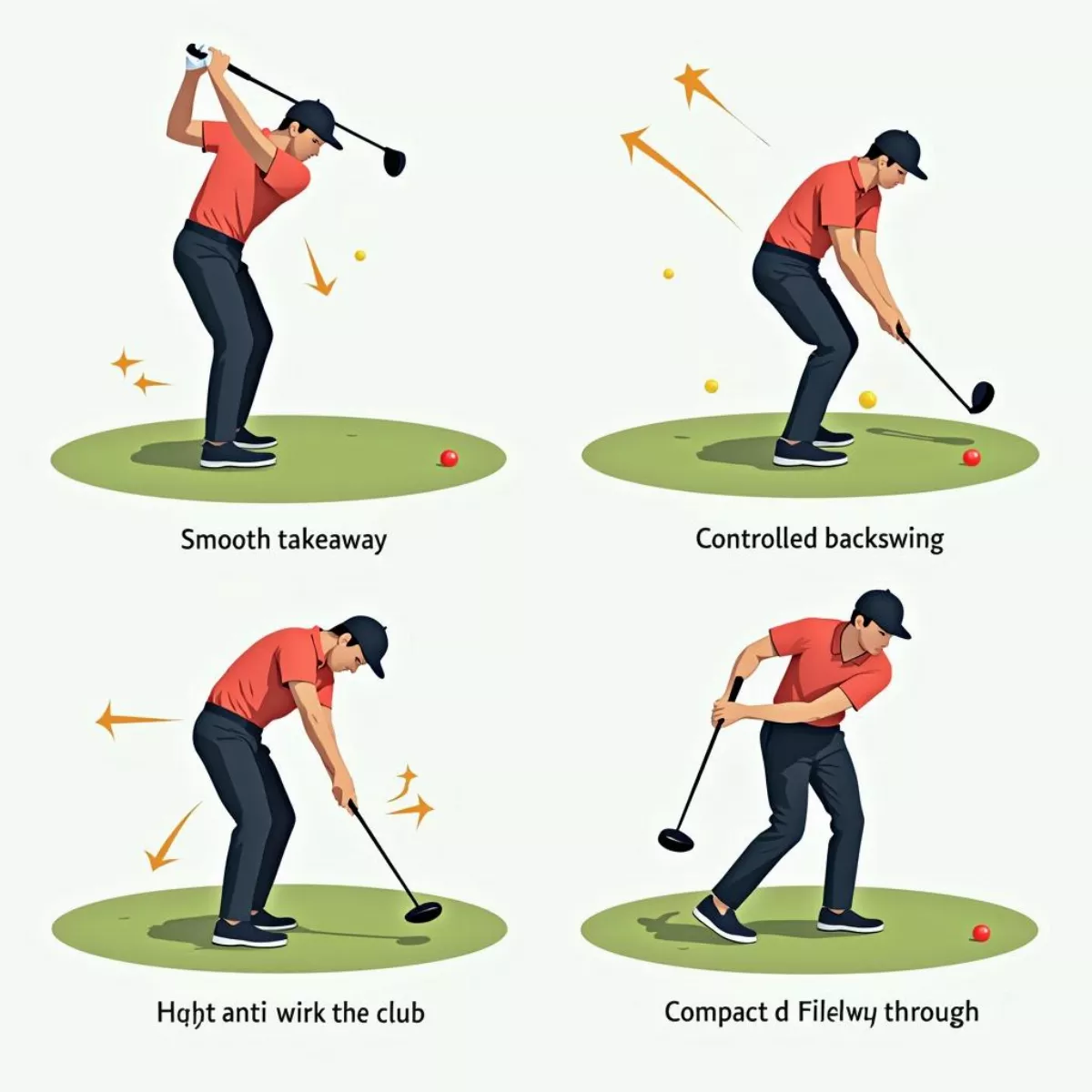 Stinger Golf Shot Swing Sequence
Stinger Golf Shot Swing Sequence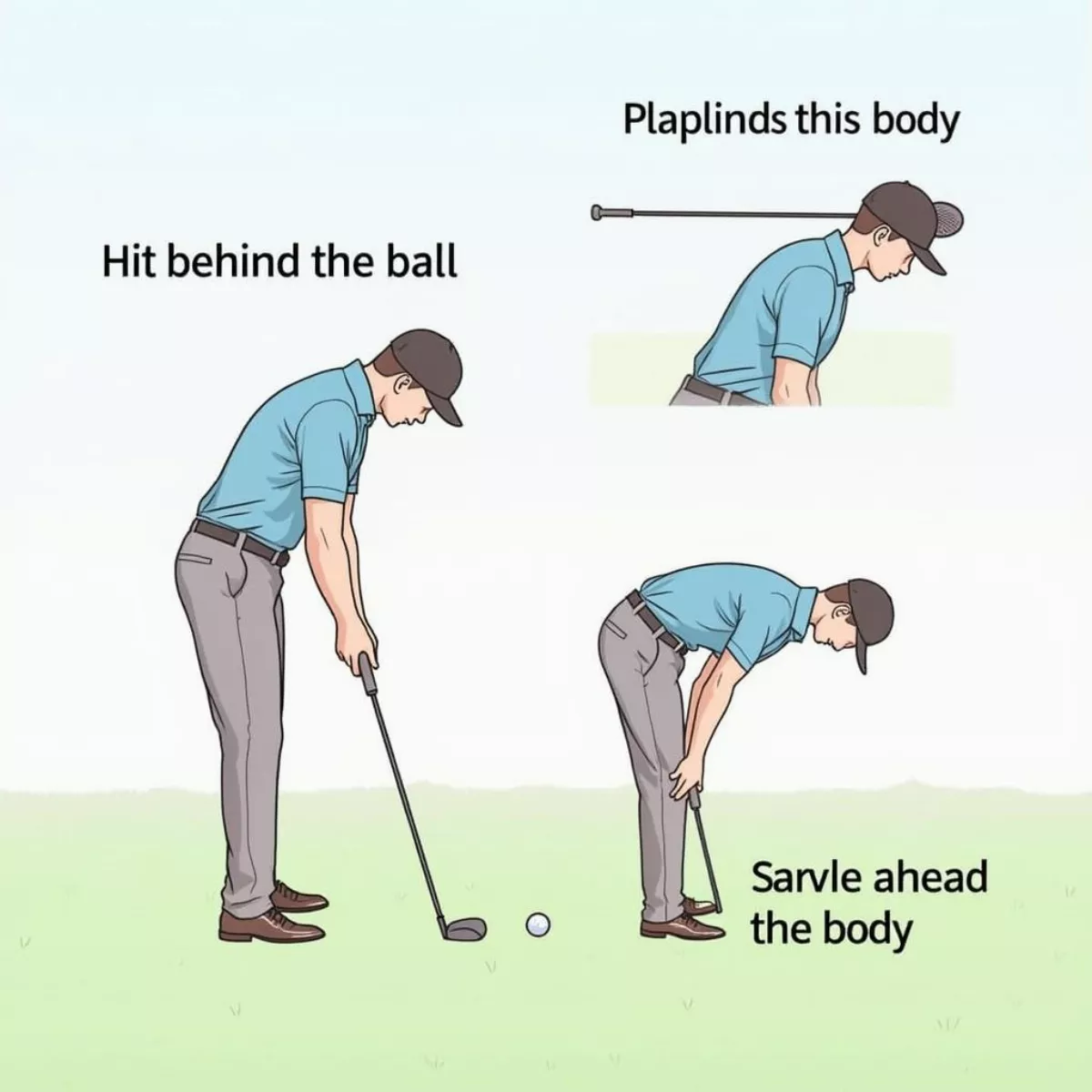 Common Stinger Shot Mistakes
Common Stinger Shot Mistakes Golfer Celebrating Successful Stinger Shot
Golfer Celebrating Successful Stinger Shot